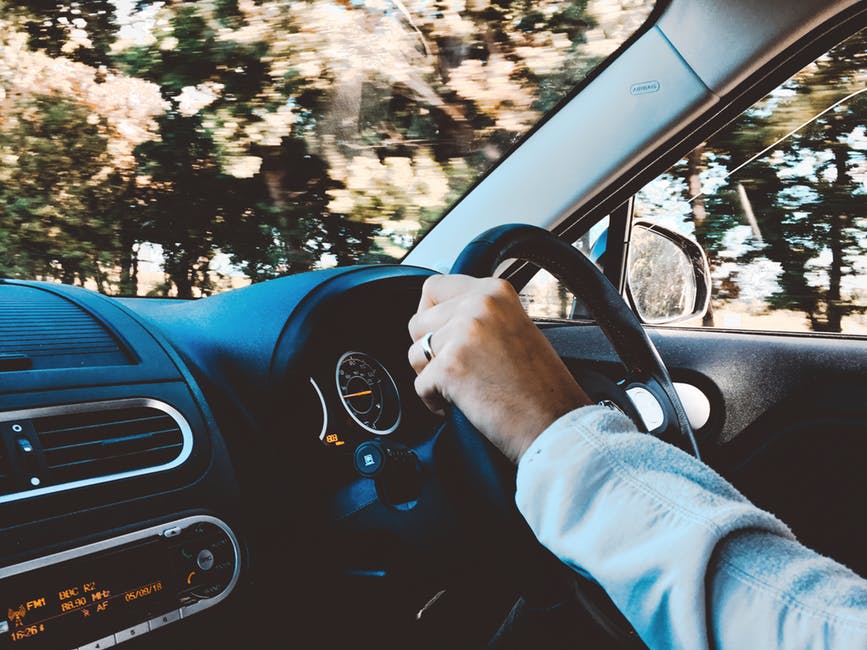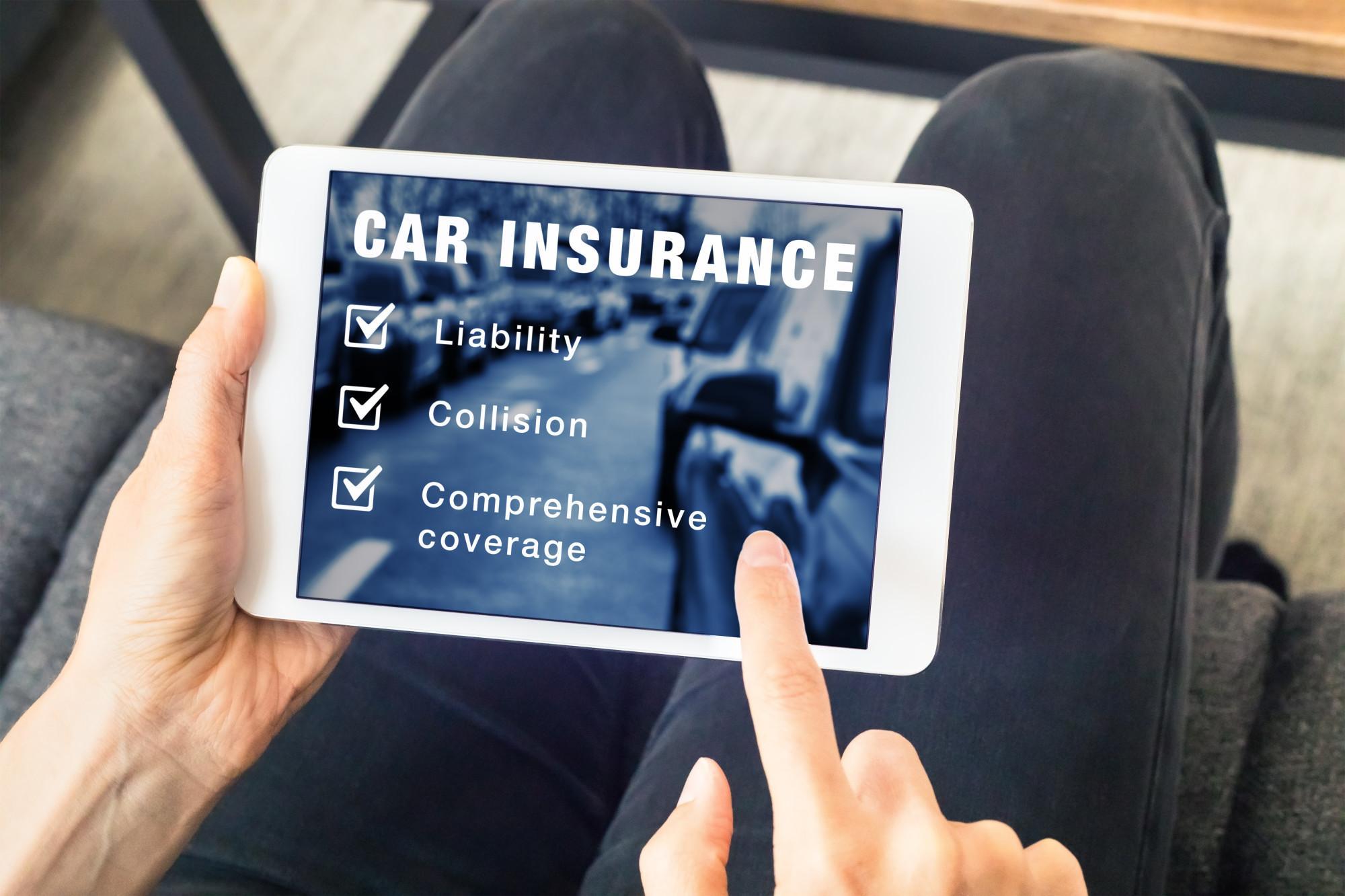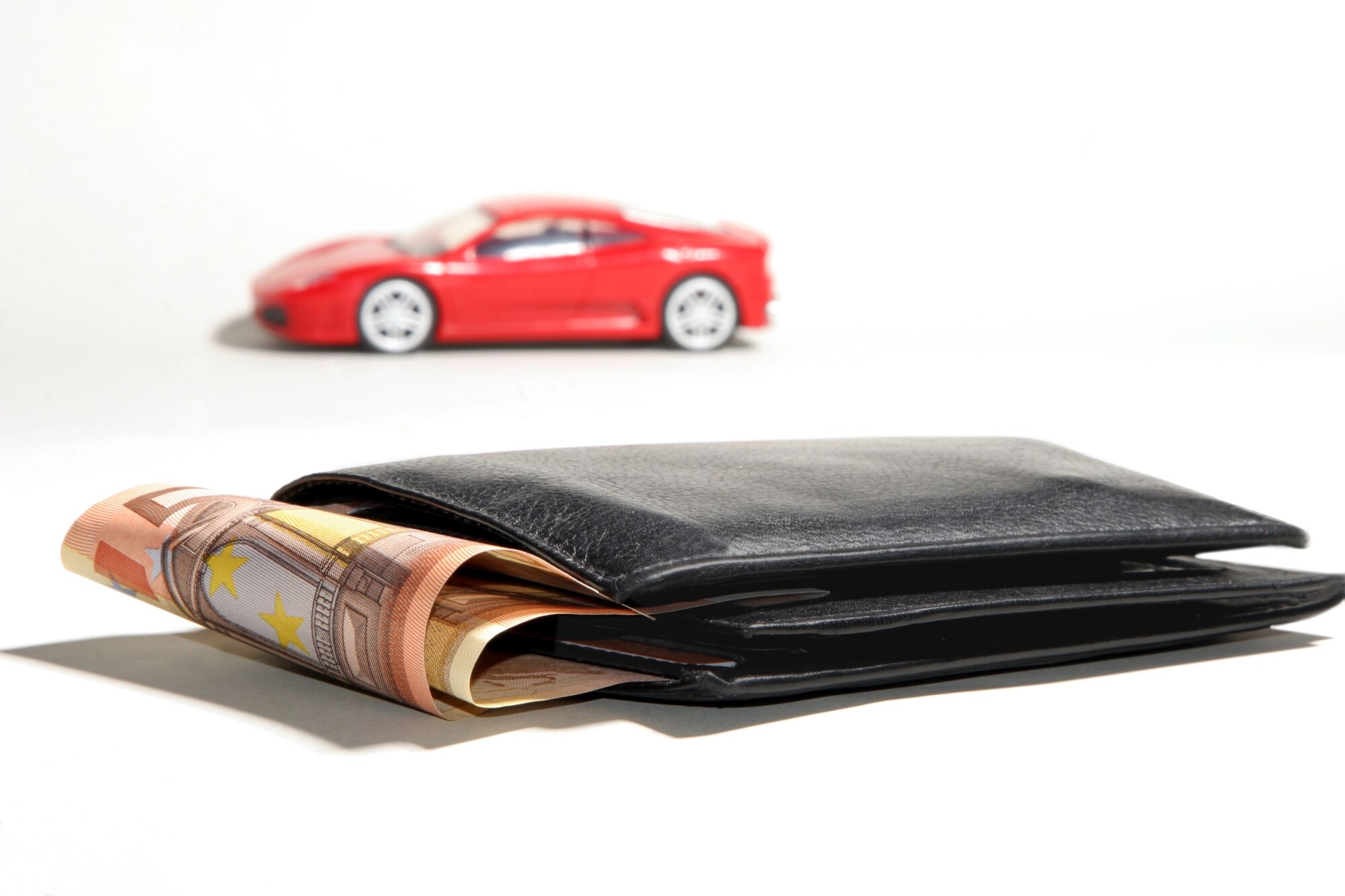
America drives the distance. In 2016, more than 220 million Americans had a driver’s license.
The huge number of licensed drivers conceals how hard it is to get a license. The driving test mandates that you have comprehensive knowledge of how to operate a vehicle. If you want to pass, you have to plan your approach well in advance.
What is the first resource you should study from? How can you get your learner’s permit and pass the written test? What should you learn as you are practicing on the road?
Answer these questions and you can pass your driving test and be out on the road in no time. Here is your quick guide.
Read the Driver’s Manual
Each state has its own driver’s manual for drivers. The written test is largely based on the manual, if not entirely based on it. If you want to pass, you have to study it.
Most manuals tend to be very long, sometimes for hundreds of pages. Study a little bit every day over a long period of time. Cramming will not let you get a good sense of the material inside.
Start by looking at the big picture. Take notes on the headings for each section and any bolded text within the body of the manual. These are ideas that the DMV wants you to know.
Once you’ve got the major ideas, go and get individual details. The permit test may require you to memorize exact figures like stopping distances. Write them down.
You should also write the penalties for traffic violations and definitions of important terms. Make flashcards out of them. Practice memorizing them until you have all the material down.
Go for a walk around town and apply what you know to the roads. See if you can come up with the meanings of road signs and street markings.
If you plan on driving through multiple states, you should study their local regulations. States don’t tend to differ substantially, but you may receive a ticket elsewhere for something insubstantial in your home state.
Study the Components of a Car
Once you’ve got the driver’s manual down, you should learn about the car itself. Step into a vehicle and study its different components.
Start with the wheel and pedals. Learn how to position your hands and reach for the brakes.
Study the different gears and what each one means. Figure out how you can change amongst them without disrupting your speed.
Take a look at your dashboard and look at the different lights that could come up. Go to your operator’s manual for your car and memorize each light. This won’t be on your test, but it will help you become a safe driver.
Once you have internal operations down, step outside and lift the hood. Study how to change the oil and make quick repairs to your engine. Go beneath your car and study the suspension.
Sit on the passenger seat and look on while someone else is driving. Study how they make turns, accelerate, and check around the car for dangers.
Get Your Learner’s Permit
When you’re ready, schedule an appointment with the DMV to get your learner’s permit. All states require you to bring documents to get one.
You need to prove your residency in the state and your Social Security Number. A passport and a paystub usually suffice.
You may also need to prove your date of birth and authentic signature. One or two forms from work may count as valid documentation.
Some states administer the written component of the driver’s test at this stage. If you need accommodations for your test, you can receive them. Someone can read the questions out loud to you, or you can get extended time.
Most DMVs offer tests in multiple languages as well. Check your DMV in advance to make sure you can get one in your language.
If you pass, you can receive your printed permit. If you failed, you may have to wait several weeks before trying again.
Go back to your driver’s manual and study what you got wrong. Take handwritten notes so you can engage your memory. Study the color codes of street signs in addition to the actual signs themselves.
Attend Driving Classes
Head to a driving school with your permit. You can find institutions like Driving Test that offer classes at low prices.
Most schools are for younger drivers, but you can take classes for older adults. Most states require teenagers to take classes, including on-the-road instruction.
Classroom instruction takes the form of lectures. Be prepared to take a lot of notes and memorize a lot of facts. A teacher can ask you questions or give out quizzes to assess your progress.
While you are on the road, your teacher will sit next to you. They may demonstrate some skills for you, then ask you to practice them. Pay very close attention.
A major skill you learn in driving classes is awareness of your environment. You must show that you are looking for pedestrians, cars, and bicyclists while you are driving. You should look through your windows, check your mirrors, and signal your turns.
If you have prior knowledge of driving, you can schedule one-on-one classes. You can work with an instructor on a particular aspect of driving, including checking your blindspots.
Practice Driving
Even if you take driving lessons, you need to practice your skills on your own. You cannot drive on your own with a learner’s permit.
You must have an experienced driver in the seat next to you who can take over. This can be a family member or someone else.
Find a good place to practice your skills like an empty parking lot. The markings for spaces will help you practice straight driving and turns. If you can’t find a parking lot, you can go into an empty field.
Work your way up from foundational skills. Practice encountering an obstacle in the road and performing evasive maneuvers.
After you have experience in the parking lot, go out onto a residential road. Pick a place where you will encounter a few other drivers.
This may sound scary, but you need to learn how to drive defensively. Practice following behind other vehicles and entering roundabouts.
Once you have residential driving down, you can go into a city. Learn how to navigate intersections and stop well before red lights. Take your car onto the highway and learn about driving there.
Take a Practice DMV Driving Test
Taking a practice test is a great way to assess where you are at. Many websites offer practice tests for the written component. You will look at diagrams and answer multiple-choice questions.
Take several practice tests. Write down the answers to the questions that you got wrong. If you notice you are missing an entire section, you should go and study that section.
Some schools may offer on-the-road practice tests. Google “practice driving test near me” to see if you can find one.
If you can’t, you can get someone to help you. Have them sit in the seat next to you and walk through the major skills of driving.
Have them take notes on you as you drive. If you make a mistake, they should jot it down. Something like missing a stop sign can cause you to fail a test.
Prepare Your Driving Test
You should make a lot of preparations before your driving test. You need to bring your own vehicle to the test site, and it should be in great condition.
Fill your tires to their optimal pressure. Test your lights and swap out the bulbs if one of them is dim. Clean your windshield and get a full supply of wiper fluid.
Put your mirrors in their ideal positions. You should be able to see hazards behind and to the sides of your vehicle.
You will need your permit, proof of insurance, and registration for your car. Put them in your glove box so you do not lose them.
Get Your Driver’s License
Go step-by-step through your driving test. You do not get points for rushing. Take a few deep breaths and talk to the test administrator if you are feeling nervous.
If you pass the test, you can get your driver’s license right away. Starting on May 3, 2023, all Americans are required to get a REAL ID to board airplanes and enter federal buildings. It is a good idea to get a REAL ID instead of the standard driver’s license.
You will need to provide proof of American citizenship and a lawful presence. This may involve giving the DMV mail from your municipality.
What to Do to Pass Your Test
Passing your driving test does not have to be difficult. Read over the driver’s manual several times, taking notes on big points. Get into your car and see for yourself how it works.
Take some classes, but give yourself plenty of time to practice with a friend. Head into a parking lot and rehearse some moves. Go through a few practice tests.
Make sure your vehicle is in good condition for your test. Have all documents you need to get your license. But even licensed drivers need to keep studying.
Enjoyed the article? Follow our coverage for more car guides.




